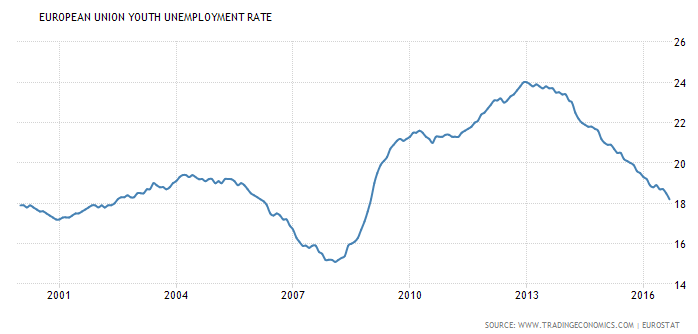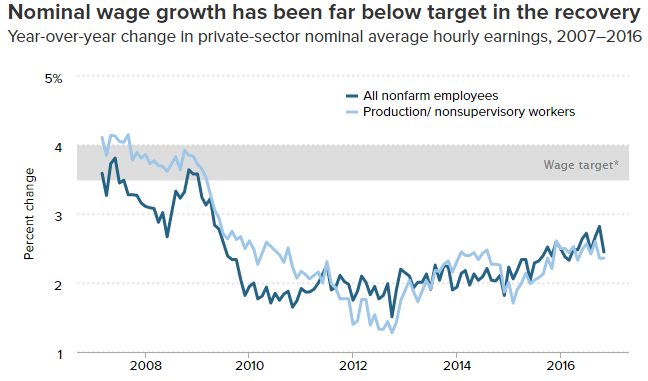Finland is trialing a Basic Income project that has the potential to create a more robust safety net for the multitude of Western middle and lower class employees that are being disrupted on almost every front – economic, political, technological and ideologically. Just as the swamp is about to be backfilled in Washington instead of draining the excess of neoliberals that caused most of the problems, the problem to widening inequality and job security may have a solution.
More from AP:
Olli Kangas from the Finnish government agency KELA, which is responsible for the country’s social benefits, said Monday that the two-year trial with the 2,000 randomly picked citizens who receive unemployment benefits kicked off Jan. 1.
Those chosen will receive 560 euros every month, with no reporting requirements on how they spend it. The amount will be deducted from any benefits they already receive.The average private sector income in Finland is 3,500 euros per month, according to official data.
Kangas said the scheme’s idea is to abolish the “disincentive problem” among the unemployed.
The trial aims to discourage people’s fears “of losing out something”, he said, adding that the selected persons would continue to receive the 560 euros even after receiving a job.
A jobless person may currently refuse a low-income or short-term job in the fear of having his financial benefits reduced drastically under Finland’s generous but complex social security system.
“It’s highly interesting to see how it makes people behave,” Kangas said. “Will this lead them to boldly experiment with different kinds of jobs? Or, as some critics claim, make them lazier with the knowledge of getting a basic income without doing anything?”
The unemployment rate of Finland, a nation of 5.5 million, stood at 8.1 percent in November with some 213,000 people without a job — unchanged from the previous year.
Interestingly the trial is being done under the aegis of a “center-right/conservative” government whose main party is agragian conservative (think National Party) but not tied to failed economic ideologies (think LNP and ALP).
This innovation is neither new or untested, but the size of the trial is interesting with the potential for a wider implementation if successful.
Most Western nations either have chronic underemployment and/or significant youth unemployment that has not yet been solved by the usual panacea of lower interest rates and endless quantitative easing. The former drives capital price inflation into the hands of capital owners (i.e houses and shares) while the latter puts free money into the back pocket of financialists and other banksters leaving the middle class with next to nothing.
For example, US workers have seen zero inflation adjusted improvement in wages and wealth in the last thirty years while European youth unemployment is still at a decade high (and weighted more in southern European nation-states)


In the face of burgeoning deflationary forces, particularly in Western countries with low or zero population growth, the idea has more than merit – it has strong potential like that of universal healthcare in providing a more robust and dynamic workforce.
The difference in an Australian context is cultural as any form of safety net is gamed by those who don’t need it (read: Age Pension and superannuation) and more importantly, welfare is vilified as only used by the “leaners” and “skivers” to get out of work.
Of any Western nation that needs to prepare for a very disruptive 21st century, and that only has a Dutch Diseased economy to fall back on, let alone a few trillion in household debt and a Budget spiralling out of control, Australia should be at the forefront of such re-engineering of the social contract.
But instead, its likely that the neo-conservative/neo-liberal ideologues will spin any argument in changing the way we administer and prepare genuine safety nets over the long term. The usual argument about about lazy youths surfing at the beach or single mothers buying iPads will be trotted out as planes filled with 457 Visas land in Sydney and house price bubbles are pumped up to create equity ATMs to fill the middle class hole.